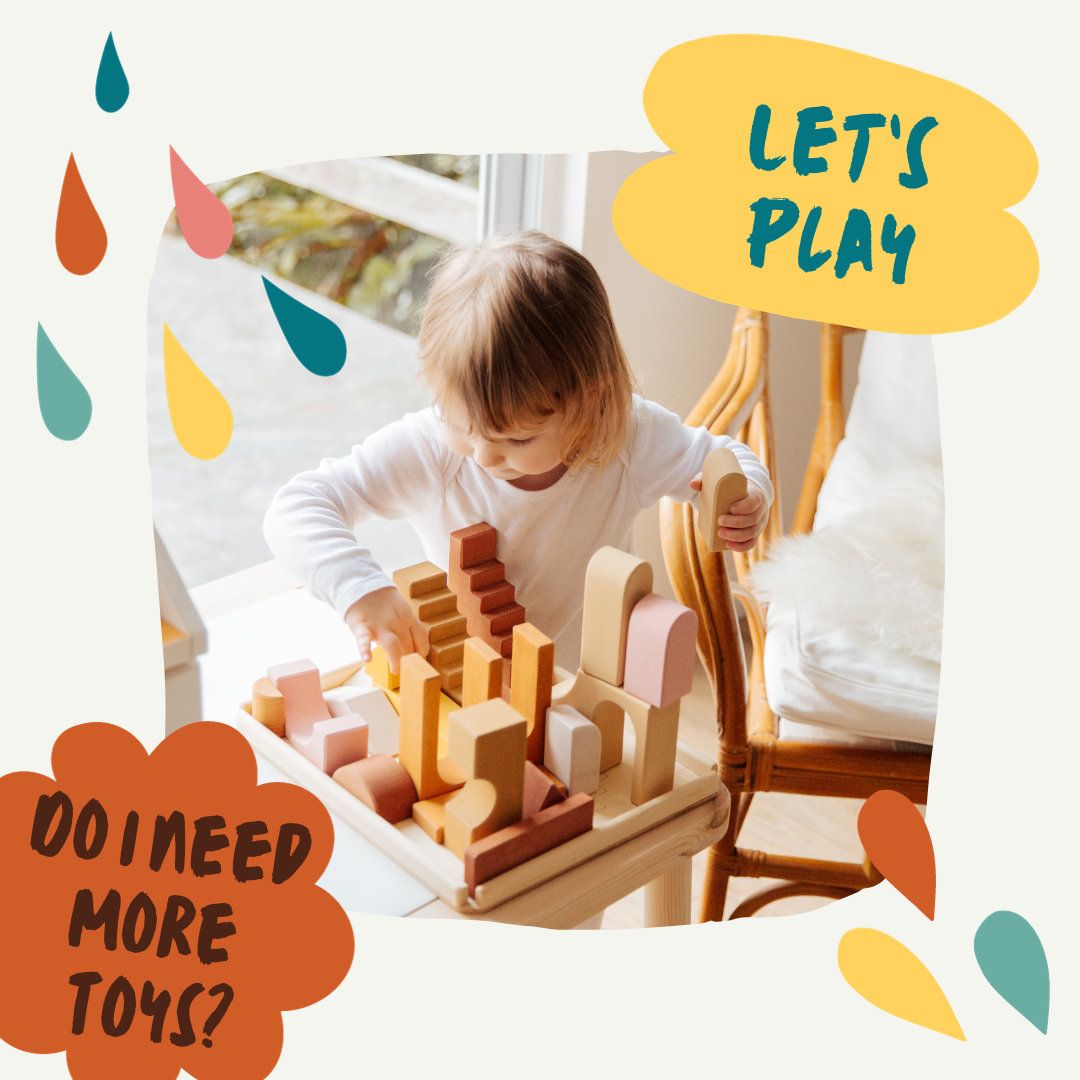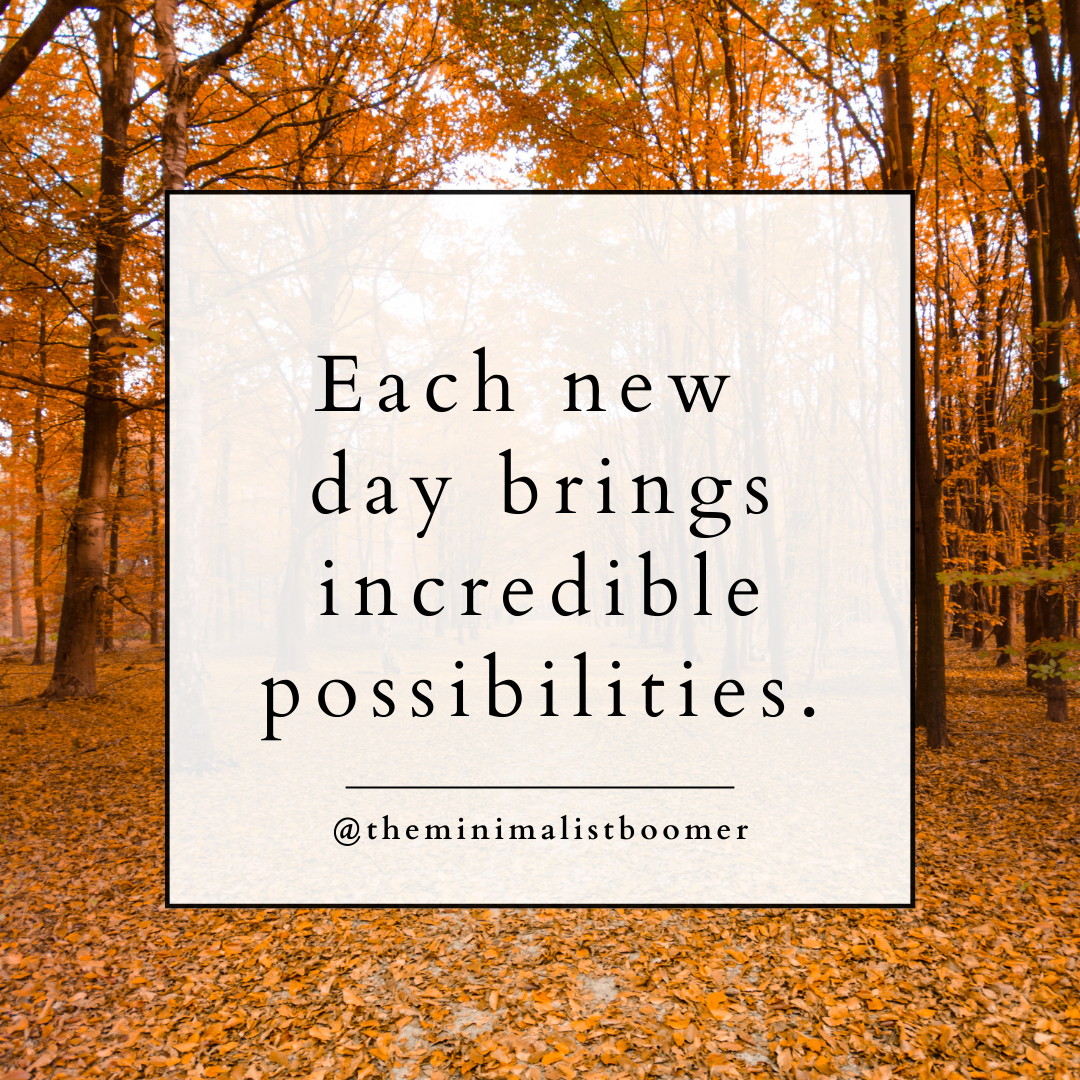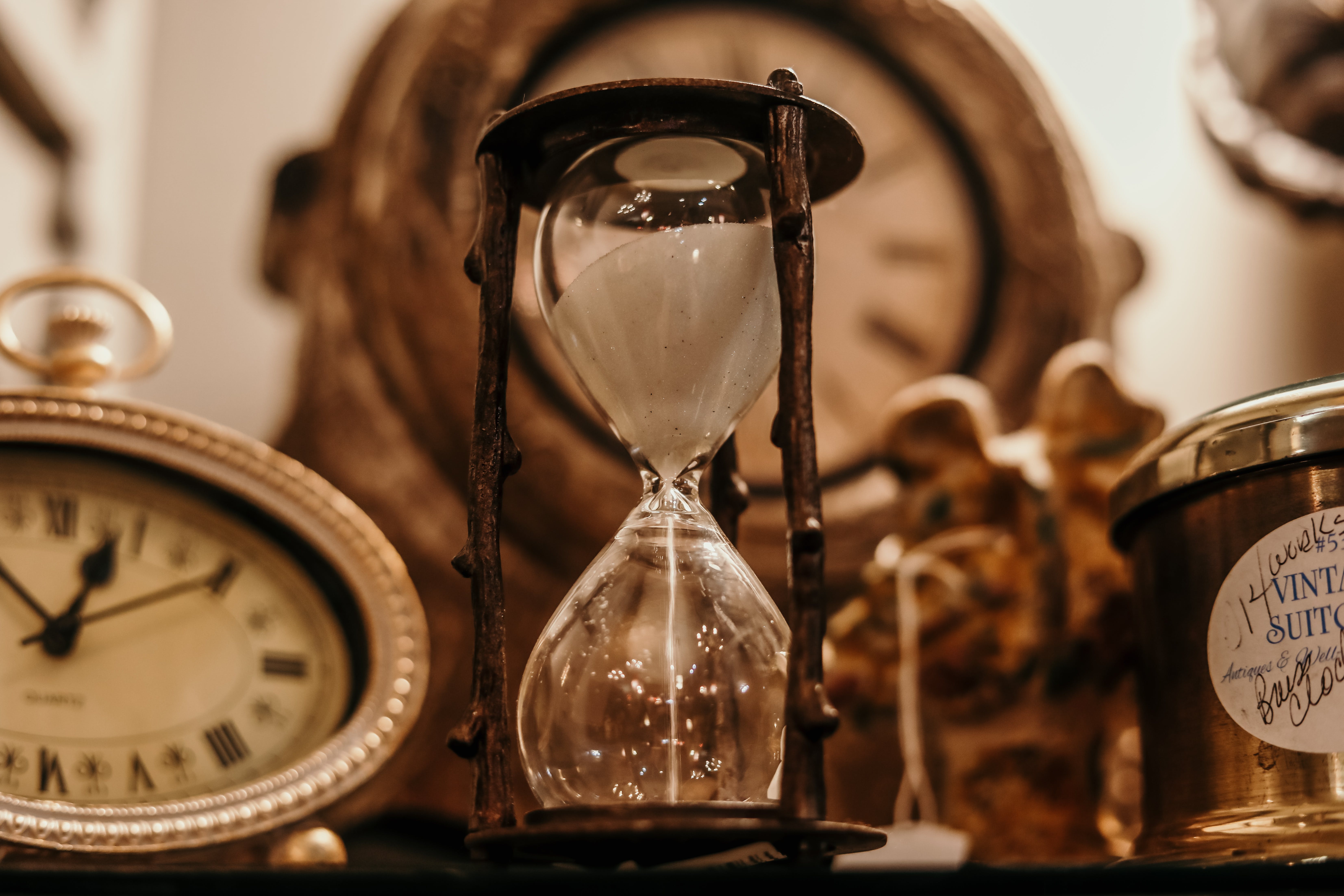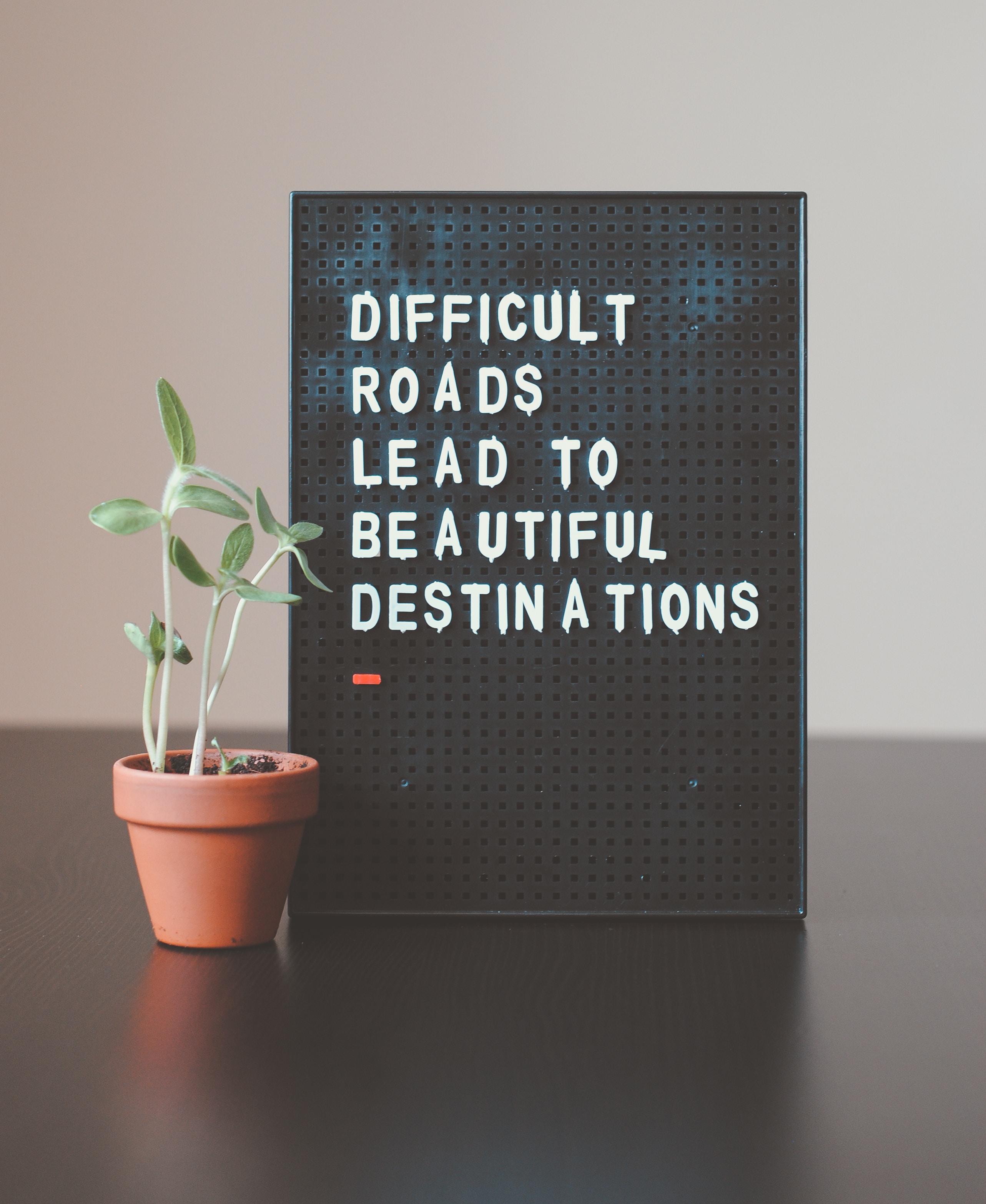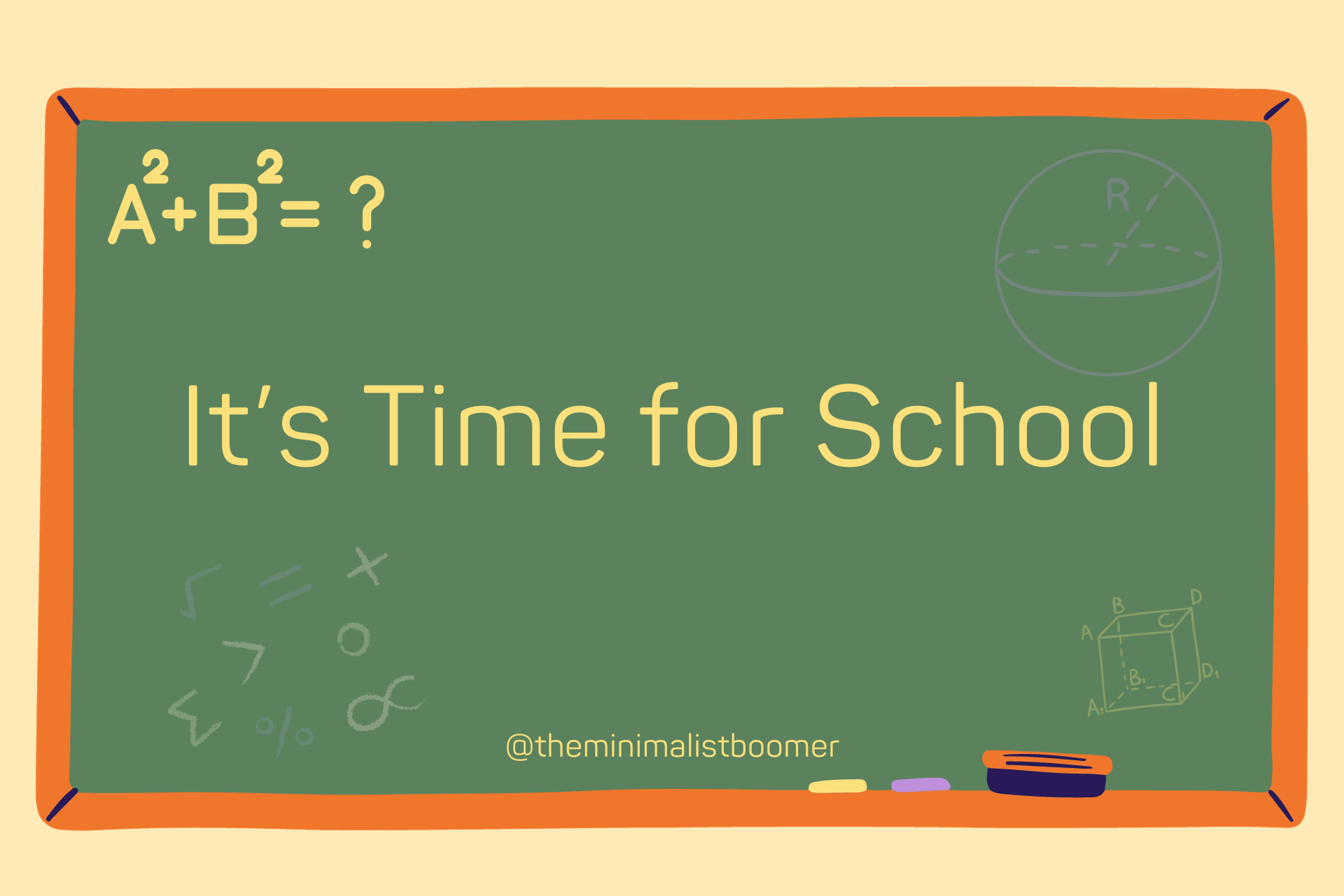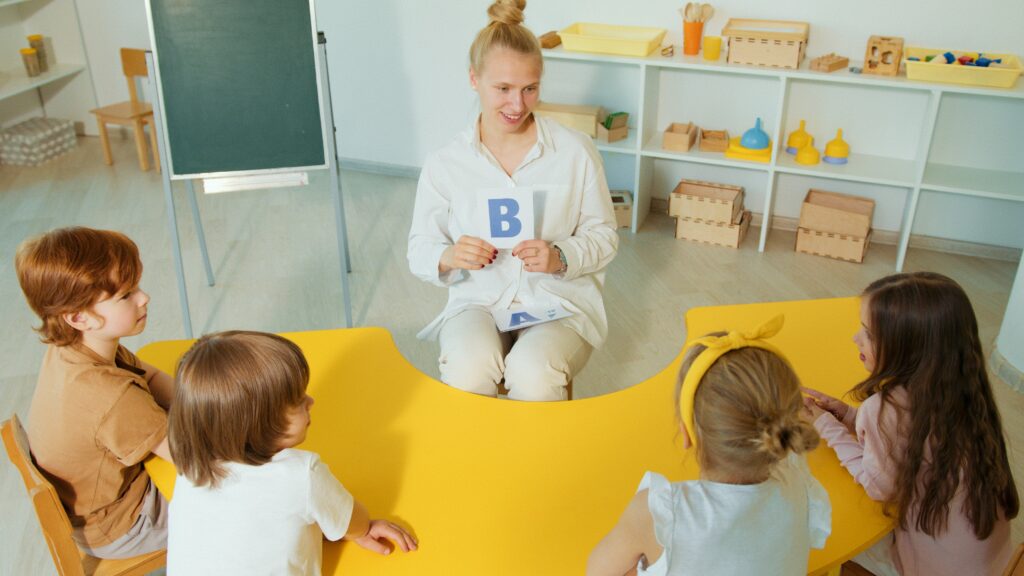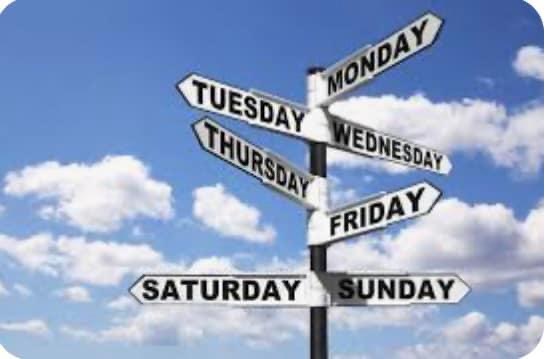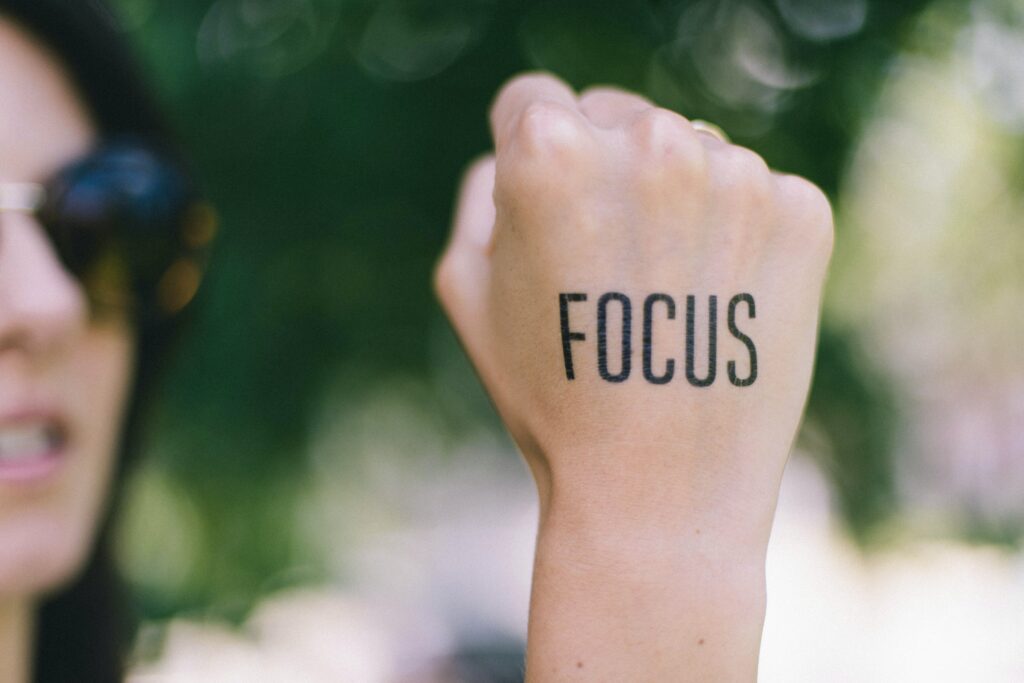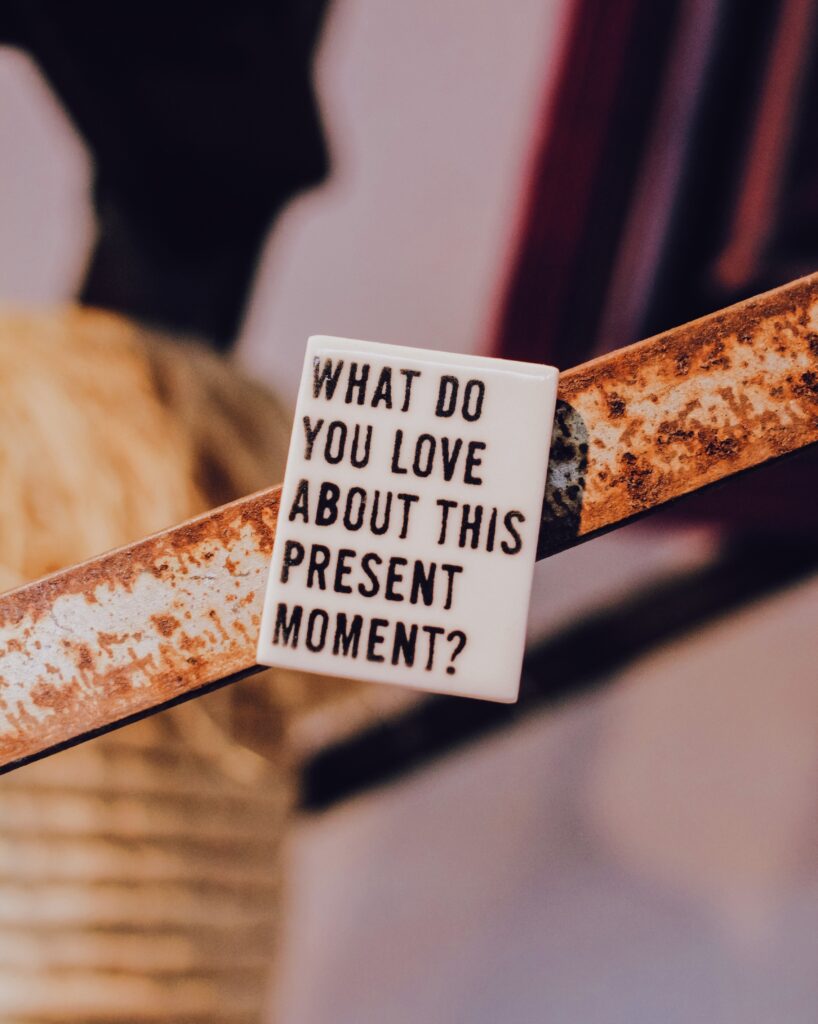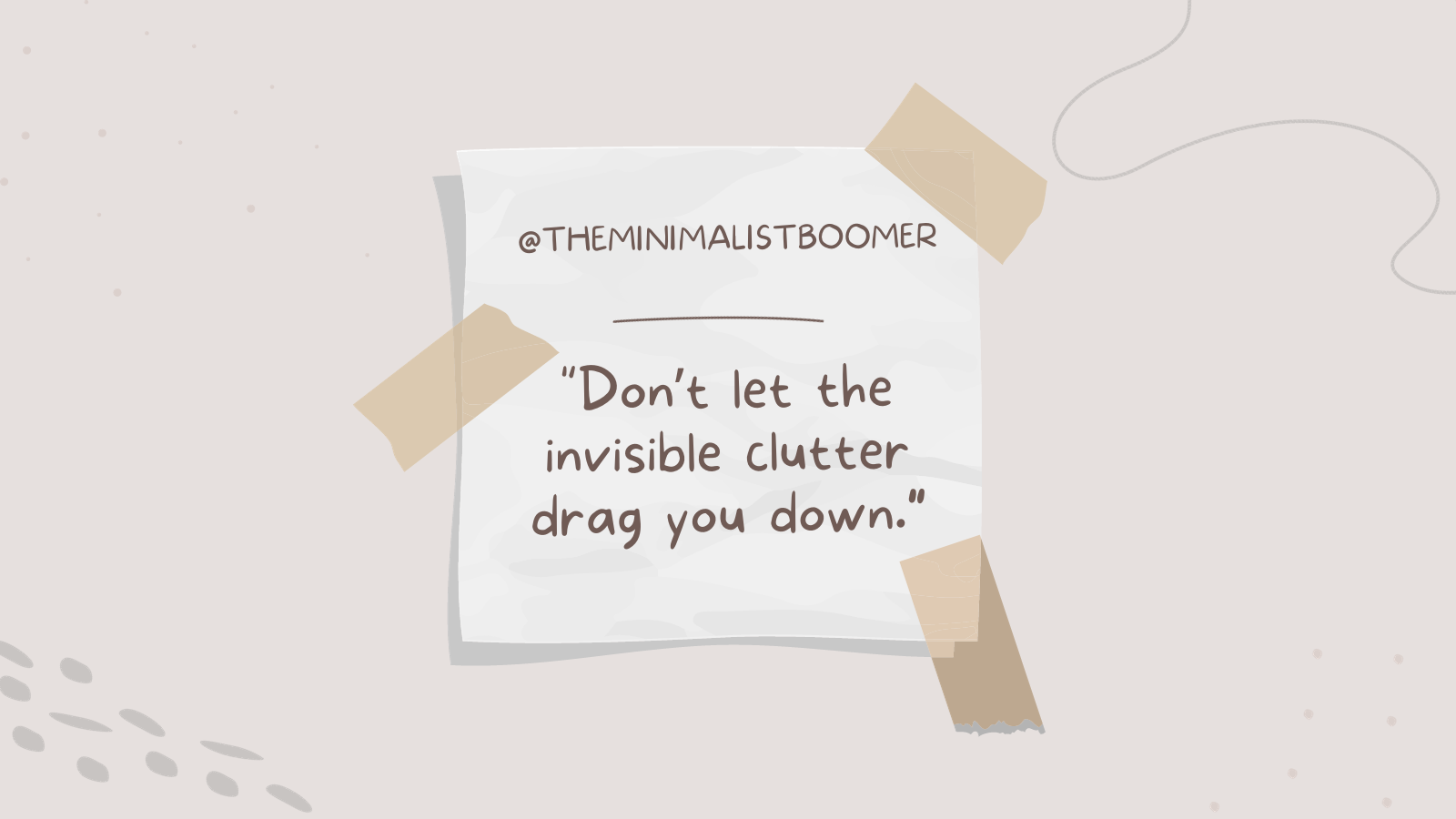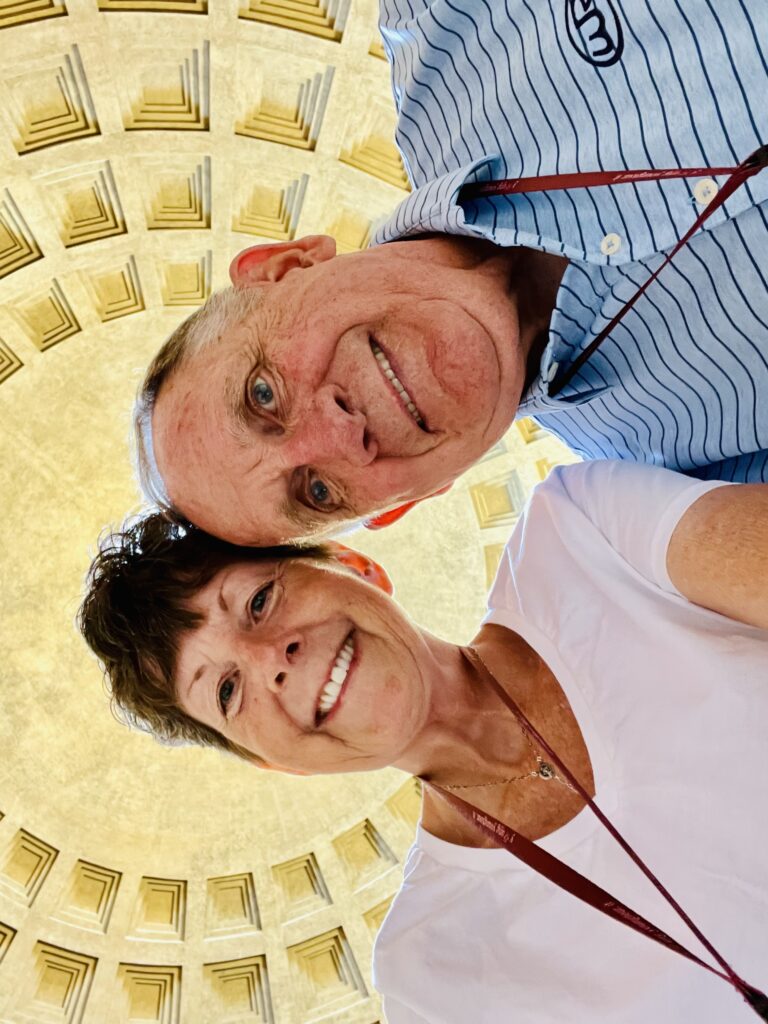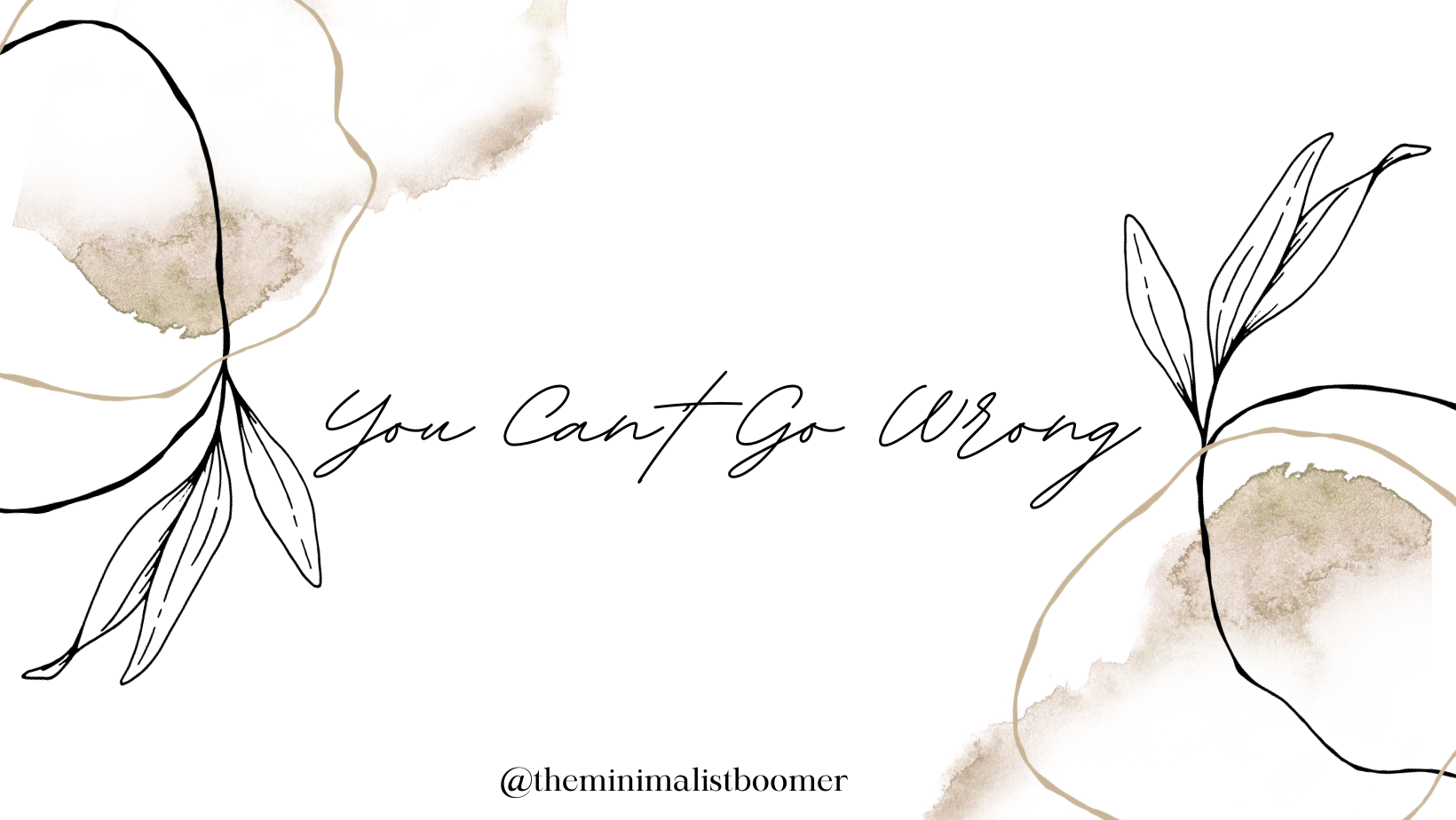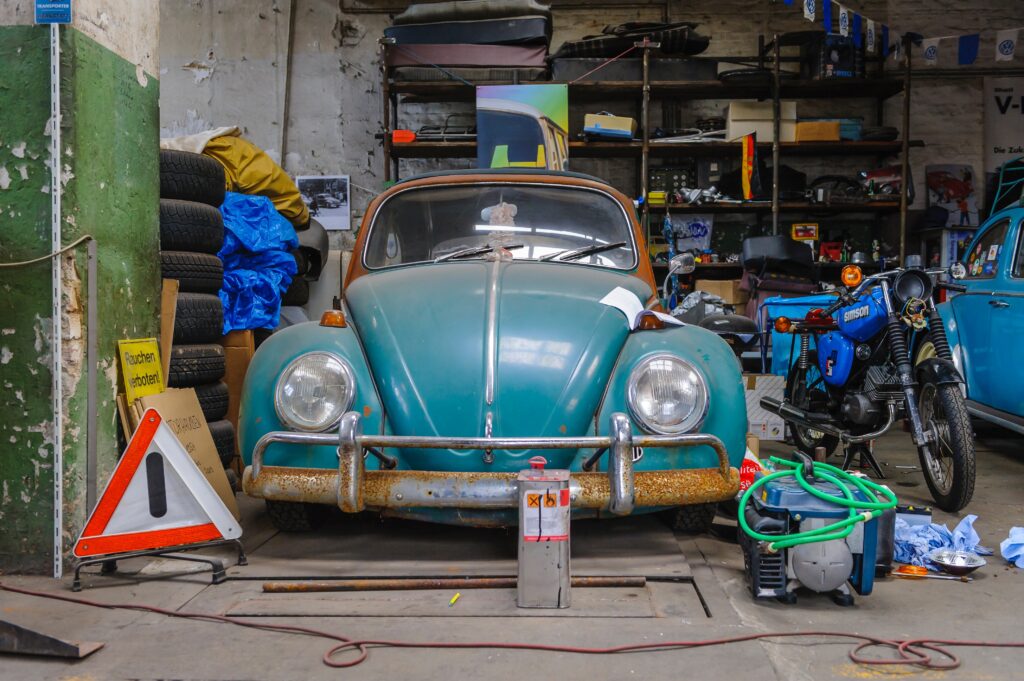It’s that time of year and we are being bombarded with the new toy commercials every time we turn around. Think about it though, how many toys does a child really need and is there a danger in having too many?
Are you feeling overwhelmed by the endless variety of toys for your kids? It’s no secret that toy aisles can be daunting. Let’s talk about how many toys your kids really need. We’ll explore the benefits of simplifying their playthings and offer practical tips to create a more intentional and fulfilling play environment for your little ones. Today, we will discover the joy of fewer, but more meaningful, toys for children.
The Impact of Excessive Toys on Children
Excessive amounts of toys can have various effects on children, impacting their development and behavior. Let’s explore the consequences of inundating children with an abundance of toys.
“Toys are important, formative components in children’s lives. They entertain as well as teach, and they may do both with positive and negative consequences.” – Marge Cambre & Mark Hawkes
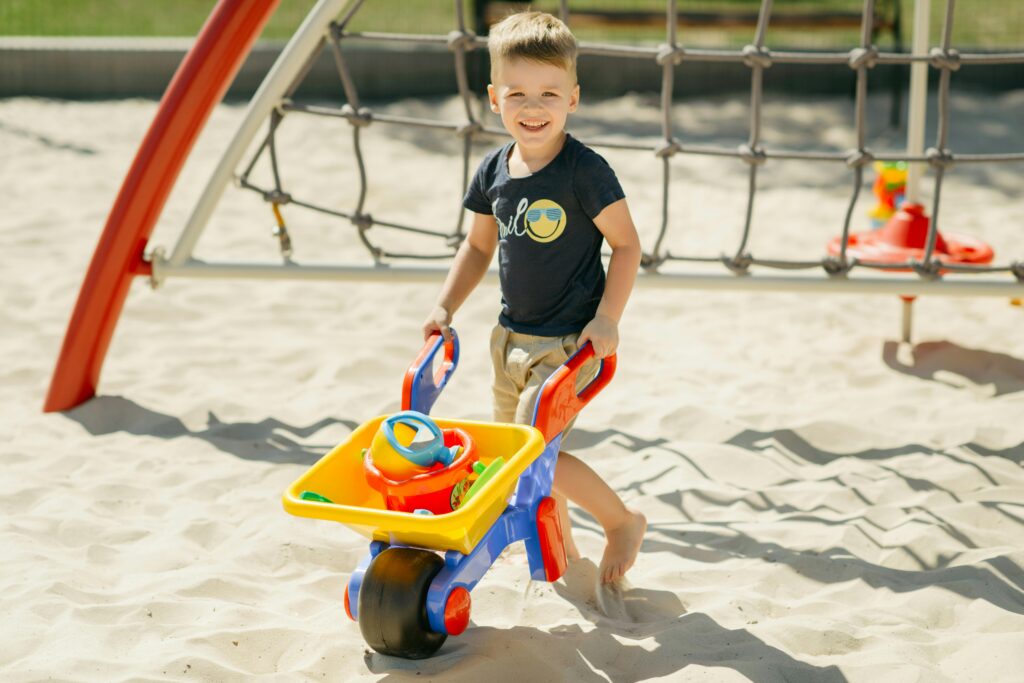
Overstimulation and Attention Difficulties
When children have access to an excessive number of toys, they can become overstimulated, leading to difficulty in focusing and paying attention. Much like trying to listen to multiple conversations at once, having an overflow of toys can overwhelm a child’s senses, making it challenging for them to concentrate on any one activity or toy. This can hinder their ability to engage in meaningful play and may contribute to attention difficulties.
Lack of Appreciation for Toys
An abundance of toys can lead to a lack of appreciation for each individual item. When children are presented with an overwhelming number of options, they may not fully value or care for their toys. Instead of cherishing and thoroughly exploring the features of each toy, they may quickly move on to the next, resulting in a cycle of fleeting interest and superficial engagement.
Decline in Creativity and Imagination
Surprisingly, having too many toys can stifle a child’s creativity and imagination. With an overflow of ready-made entertainment, children may rely less on their own creativity to invent games and scenarios. Instead of utilizing their imaginations to bring their toys to life, they may become passive consumers of entertainment, missing out on the opportunity to develop crucial imaginative and inventive skills.
Excessive toy ownership can have profound implications for a child’s development, affecting their attention span, appreciation for possessions, and imaginative capabilities. Understanding these effects can help parents make informed choices about the quantity and types of toys they provide for their children.
Finding the Right Balance
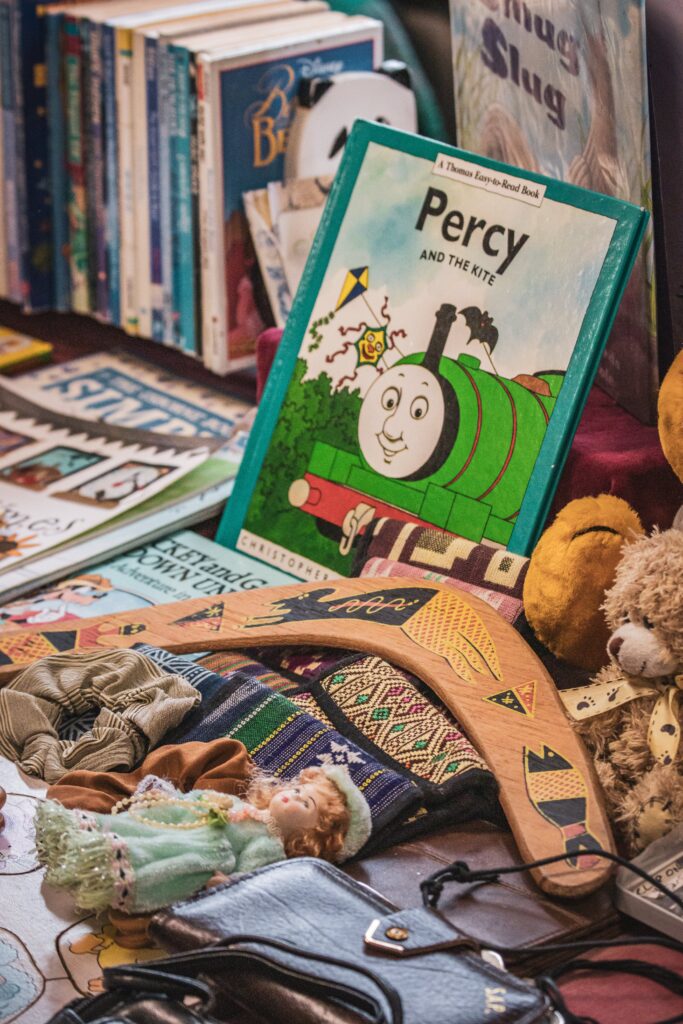
Understanding Your Child’s Developmental Needs
Understanding your child’s developmental needs is crucial to finding the right balance when it comes to toys. Consider their age, interests, and current developmental stage. For example, younger children benefit from toys that stimulate their senses, such as colorful and textured objects, while older children may benefit from toys that encourage problem-solving and creativity.
Quality over Quantity
When it comes to toys, quality should always take precedence over quantity. Invest in toys that are durable, safe, and have educational value. These toys are more likely to engage your child for longer periods and withstand the test of time. Quality toys also contribute to a clutter-free environment, making it easier for your child to focus and enjoy their playtime.

Encouraging Diverse Play Experiences
A diverse range of toys can provide your child with a well-rounded play experience. Encourage a mix of toys that promote physical activity, imagination, social interaction, and cognitive development. This could include puzzles, building blocks, arts and crafts materials, outdoor games, and pretend play items. By providing diverse play experiences, you can support your child’s holistic growth and keep their playtime engaging and dynamic.
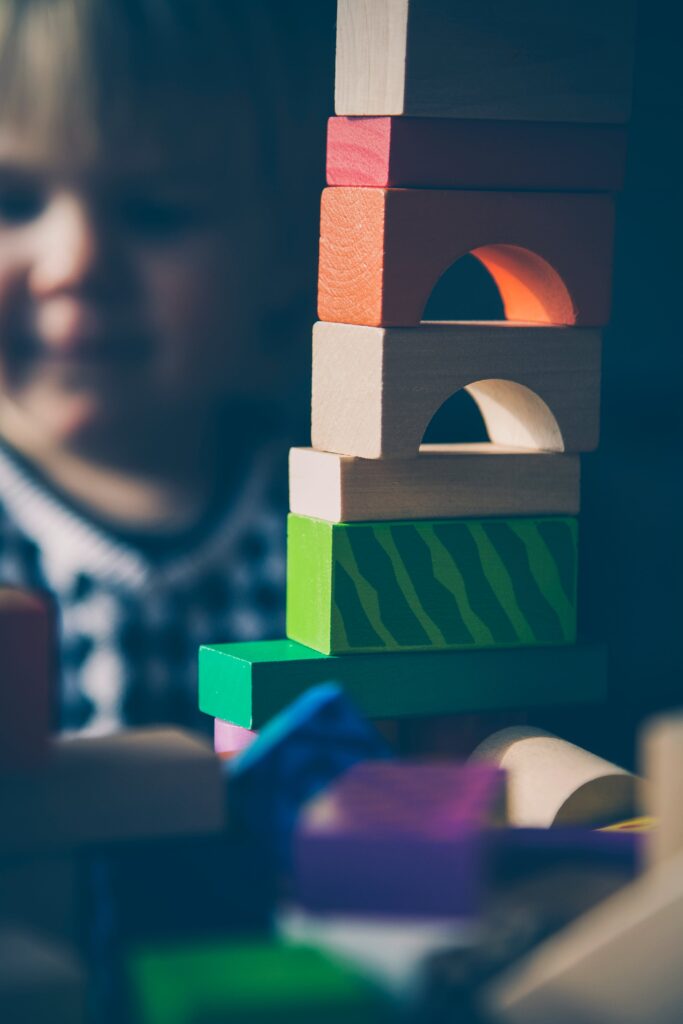
Practical Tips for Managing Toy Clutter
When it comes to managing toy clutter, incorporating practical strategies can help maintain a sense of order and prevent overwhelming messes in the play area. Here are some effective tips for managing toy clutter:
Establishing Rotational Toy Systems
Consider implementing a rotational toy system to minimize clutter while maximizing the use of available toys. By rotating a selection of toys in and out of circulation, children can maintain interest in their belongings, preventing them from becoming overwhelmed by an abundance of options. This approach not only minimizes clutter within the play space but also encourages creativity and exploration.
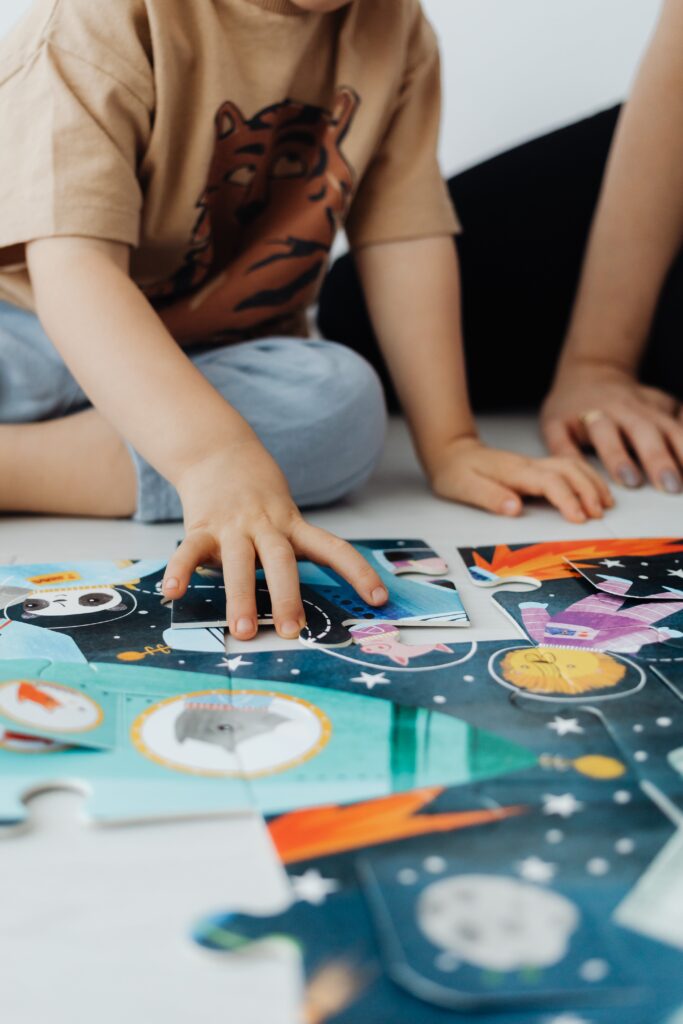
Involving Children in Donating or Recycling Toys
Incorporating children into the process of donating or recycling toys can instill a sense of responsibility and empathy, while also helping to reduce toy clutter. Encourage children to participate in selecting toys they no longer use and explain the significance of sharing with others who may benefit from them. By involving children in the donation or recycling process, they develop an understanding of the concept of giving back and learn the value of decluttering.

Setting Boundaries and Space Limitations
Establishing designated areas for toy storage can help set boundaries and space limitations. By assigning specific storage areas for toys, children learn the importance of organization and tidiness. Utilize labeled bins, shelves, or designated toy chests to streamline the organization process and teach children the significance of maintaining a tidy space. This proactive approach not only reduces clutter but also promotes a sense of accountability for personal belongings.
Implementing these practical tips can contribute to a more organized and manageable play environment, fostering a sense of responsibility and creativity in children while minimizing toy clutter.
Embracing Multi-Purpose Toys
When it comes to promoting minimalism in toy choices for your kids, embracing multi-purpose toys is an excellent place to start. Toys that serve multiple functions not only save space but also encourage creativity and imaginative play. Look for toys that can be used in a variety of ways, such as building blocks that can be stacked, sorted, and used to create different structures. These types of toys not only provide entertainment but also help in developing your child’s cognitive and motor skills.
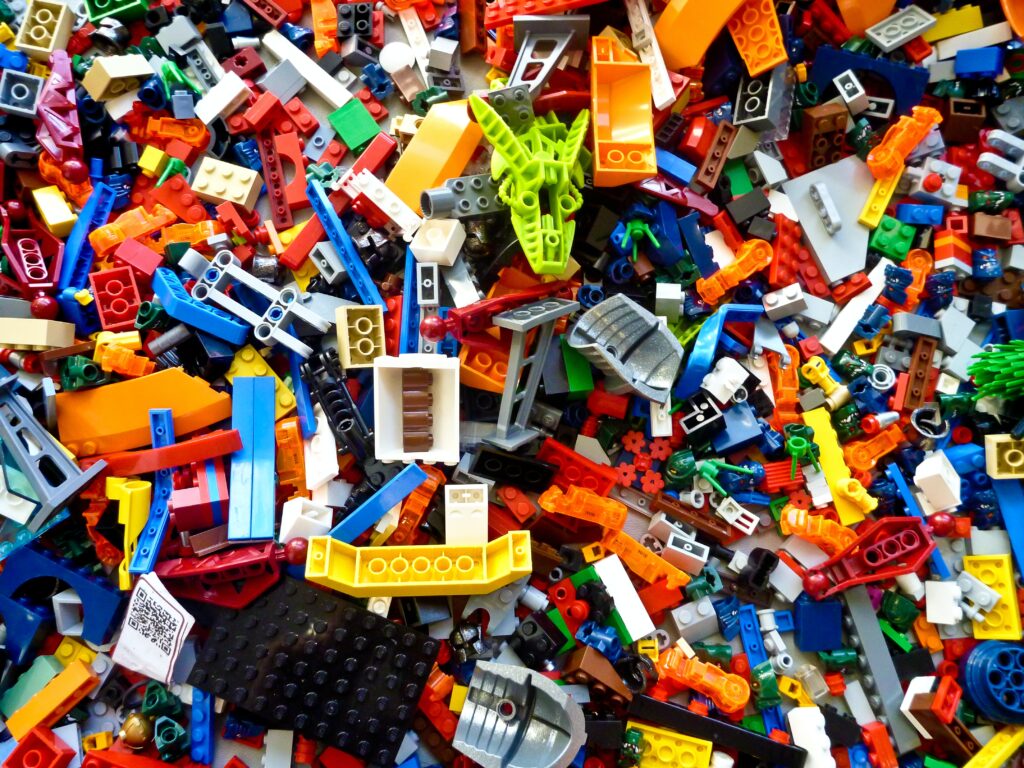
Prioritizing Educational and Open-Ended Toys
In the quest for minimalism in toy choices, it’s important to prioritize educational and open-ended toys. These toys can spark curiosity, creativity, and problem-solving skills in children. Educational toys can range from puzzles and board games to science kits and coding toys, all of which contribute to your child’s learning and development. Open-ended toys, such as play dough, building sets, and art supplies, encourage endless possibilities for play, allowing kids to explore their imagination without the need for an extensive collection of toys.
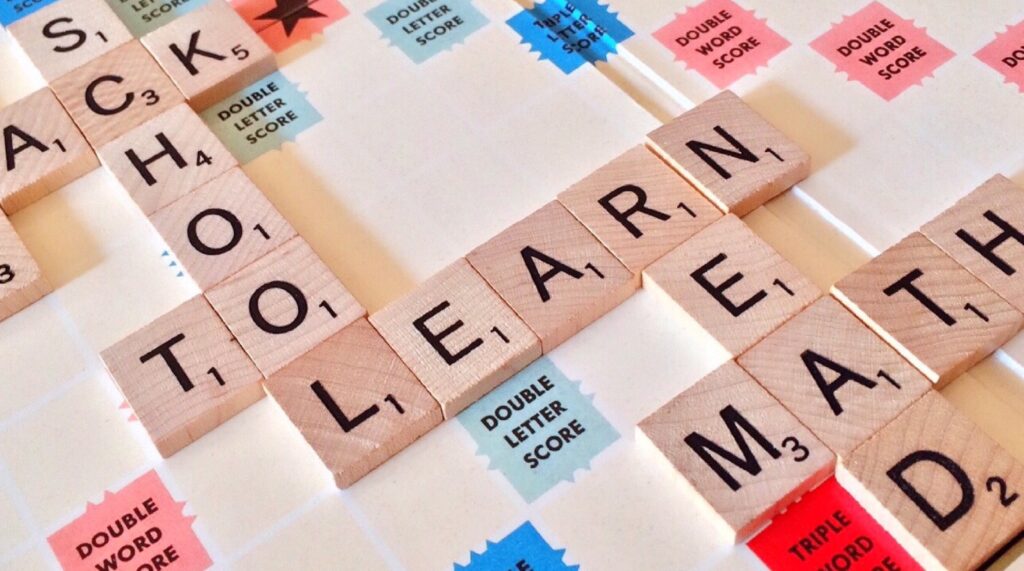
Encouraging Experiential Gifts Over Material Objects
In a world inundated with material possessions, encouraging experiential gifts over material objects can be a breath of fresh air. Experiences such as a trip to the zoo, a cooking class, or a day at the amusement park can create lasting memories and valuable learning opportunities for your child. These experiences not only reduce the clutter of physical toys but also foster bonding and quality time with the family, making them a meaningful alternative to traditional gifts. By shifting the focus from accumulating toys to treasuring experiences, you can instill the value of memories and relationships in your children.
“Although it looks longer, the giraffe’s neck isn’t long enough to reach the ground, which makes it difficult for a giraffe to drink water.” – Norbert Juma
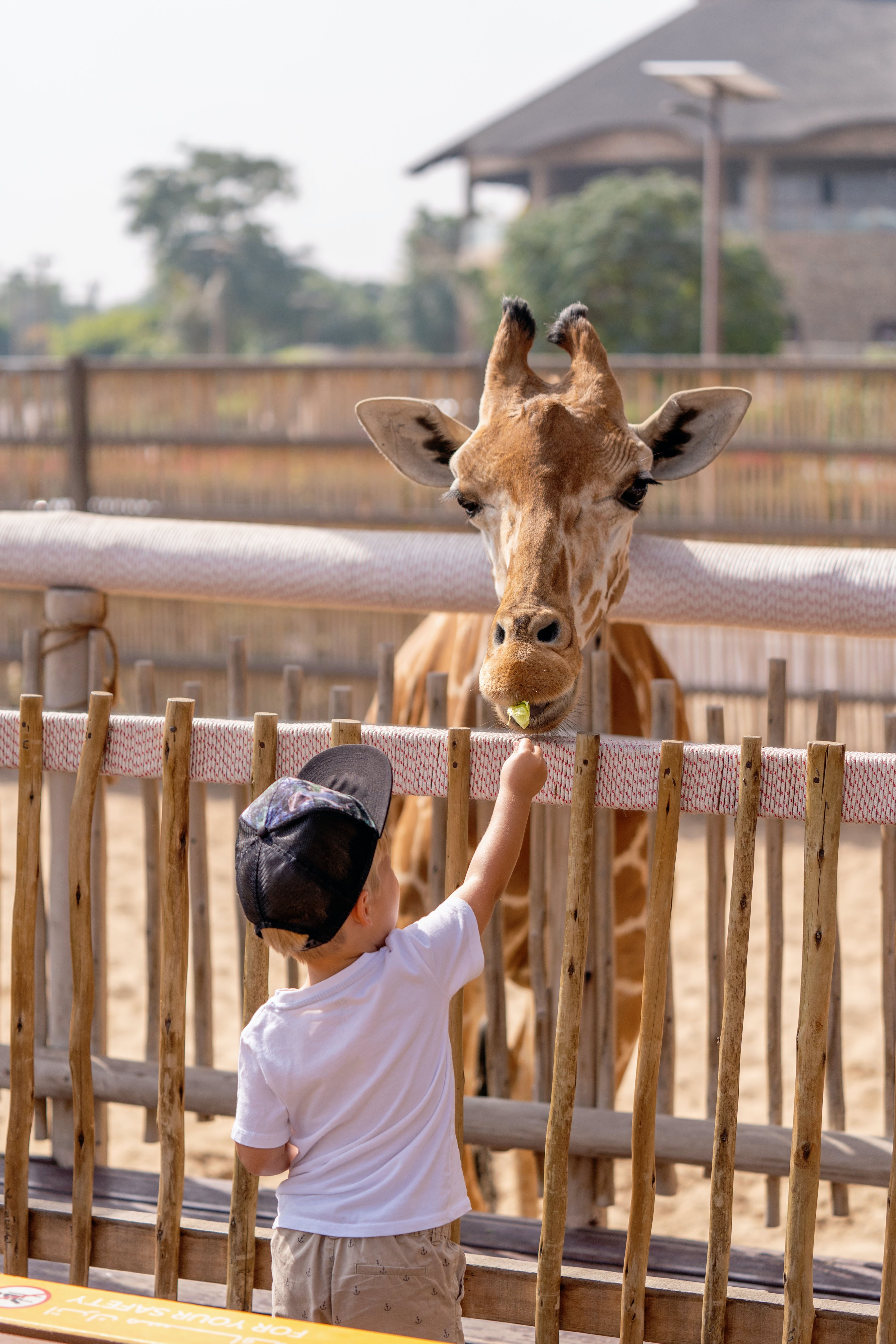
Nurturing Creativity and Imagination Beyond Toys
Embracing Nature and Outdoor Play
Nature provides a vast and ever-changing playground for children to explore and engage their senses. Encouraging outdoor play not only promotes physical activity but also fosters creativity and imagination. From building forts with sticks and stones to discovering the wonders of the natural world, time spent outdoors allows children to invent their own games, stories, and scenarios, providing an endless wellspring for imaginative play.
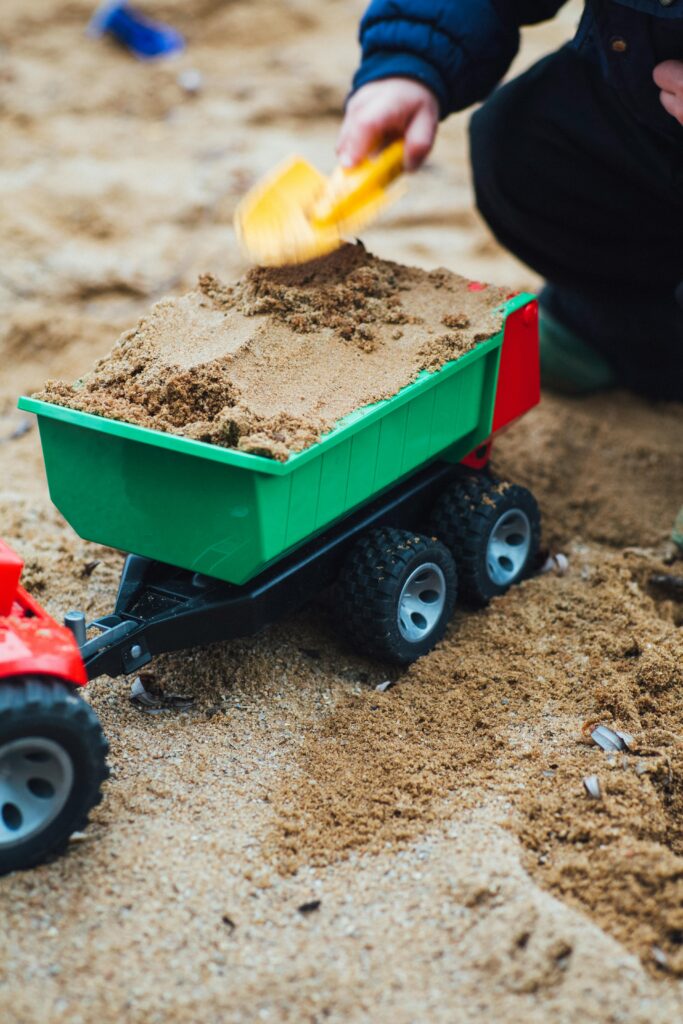
Cultivating Art and Craft Activities
Art and craft activities provide an avenue for self-expression and creativity. By engaging in hands-on artistic endeavors, children learn to think outside the box, experiment with colors and textures, and bring their ideas to life. Whether it’s painting, sculpting, or creating with found objects, these activities encourage children to explore their imagination and develop their own unique sense of creativity.
Encouraging Reading, Writing and Storytelling
“There is no friend as loyal as a book.” – Ernest Hemingway
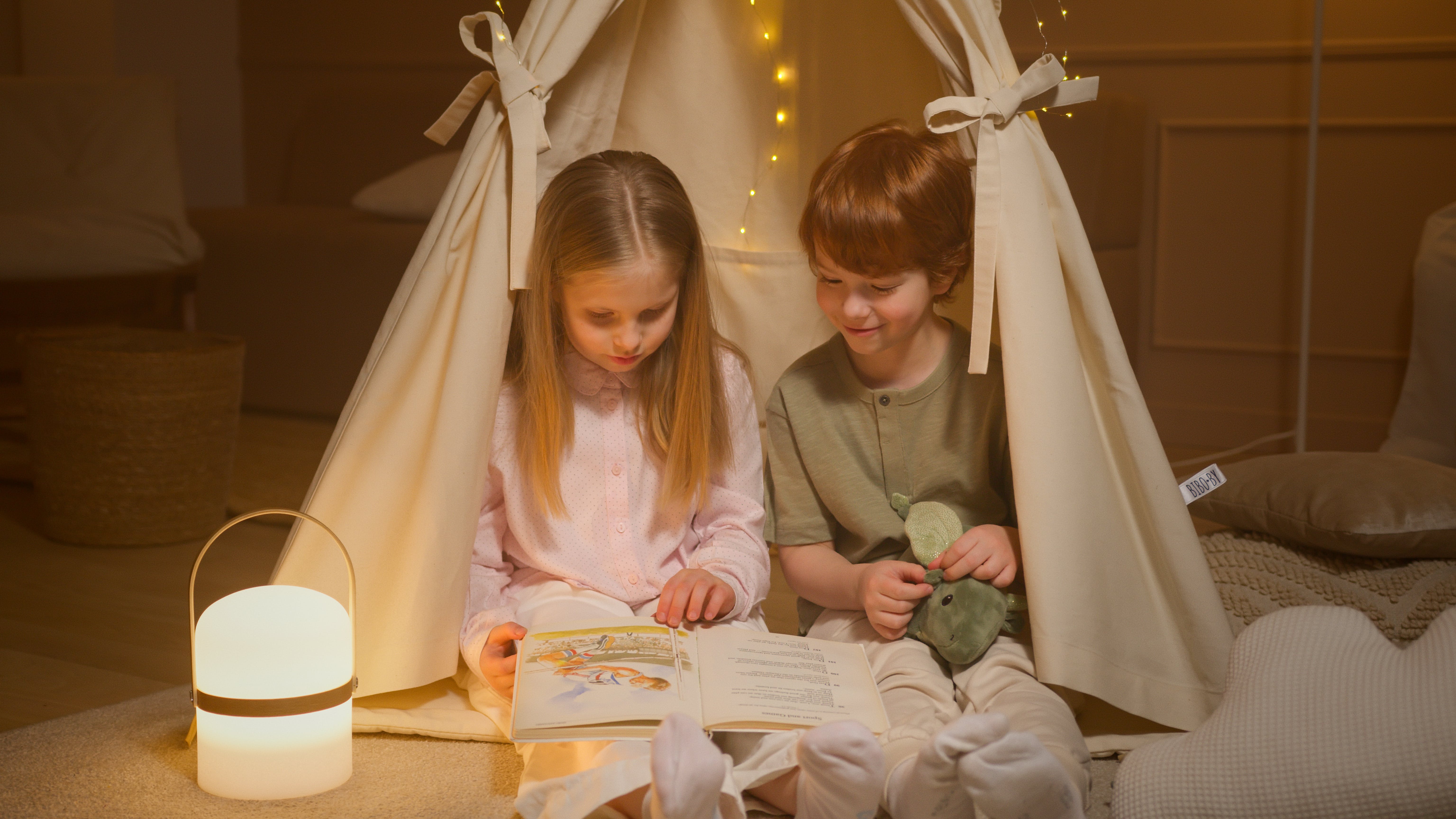
Books have the power to transport children to far-off lands, ignite their imagination, and inspire endless possibilities. Encouraging reading not only cultivates a love for stories but also nurtures creativity by allowing children to visualize characters, settings, and events in their minds. The more a child reads, the better writer she will become. Encourage your child to keep a journal, find a pen-pal, or write together to record your experiences. Likewise, storytelling promotes imagination as children create their own narratives, develop characters, and explore the art of weaving tales, providing a platform for boundless creativity and expression.
“Children need the freedom and time to play. Play is not a luxury, it’s a necessity.” -Kay Redfield Jamison

At the end of the day, the appropriate number of toys for your kids ultimately depends on various factors including their age, interests, and developmental needs. It’s important to strike a balance between providing enough stimulation for their growth and avoiding overwhelming them with an excess of toys. By focusing on quality, educational value, and versatility in the toys you choose, you can ensure that your kids have a fulfilling play experience while minimizing clutter and unnecessary consumption. Remember, it’s not about the quantity of toys, but rather the quality of the playtime they provide and the time spent with you is the most valuable gift you can give them.

